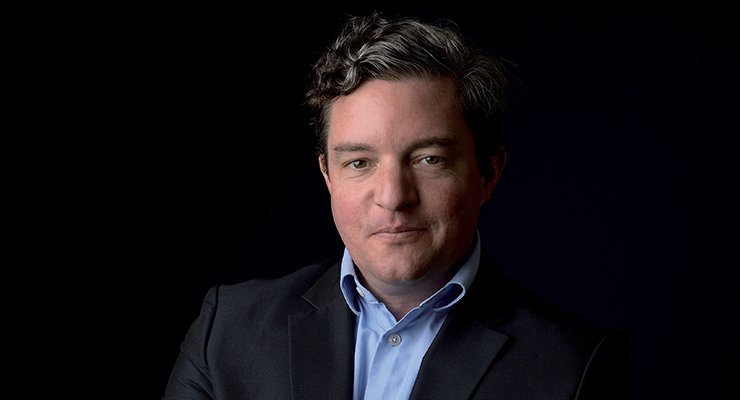When engineers participate in the transformation of the city

UTC is a partner of the development, notably economic, of the local community. It has been an initiator and/or stakeholder in major projects linked to the attractiveness of the territory for many years. Emmanuel Pascual, Municipal and Community Councillor, Delegate for Innovation and Relations with Higher Education, explains.
In its work, the local community, whether it is the City Council of Compiègne or the Greater Compiègne authority (ARC), calls upon UTC to be accompanied. In this case, this work is done by the means of academic CCs or project workshops. This was the case on a large-scale project, such as the Eco-district of the Compiègne/Margny-lès- Compiègne station. On this subject alone, three project workshops were mobilised. Two workshops were organised in spring 2019, with a common theme of the «Railway station district: sustainable and intelligent district», each dealing with a specific aspect: one on consultation with an survey onboard and online about train transportation and urban pathways and a consultation workshop with the project’s stakeholders, while the second one was devoted to the innovation aspect.
. «The results were very positive. They provided an opportunity for the students to present the results of the consultation at a public meeting convened in December 2019. Of course, the CRA departments in charge of the Geographic Information System (GIS) or Urban Planning and Development sometimes welcome UTC Urban Engineering (GU) trainees into their teams. These different ways of working provide the teams and elected representatives with a different vision, which feeds the reflections for the construction of the territorial projects. As you can see, we rely of course on the skills of UTC in urban engineering, which are a real asset for our territory, but we also look for skills in innovation and project management. It should be added that most of the students and lecturers are inhabitants of the territory,» underlines Emmanuel Pascual, Municipal and Community Councillor, Delegate for Innovation and Relations with Higher Education since 2020, but also an INSA architect, from the École Nationale Supérieure des Arts et Industries de Strasbourg.
A territory as a place for experimentation
The proximity of the links between the community and UTC-Compiegne makes multiple collaborations possible. Indeed, it is a question of facilitating the implementation, in real conditions, of work that has passed several stages in laboratory. This was the case for a project which consisted in equipping certain bus lines with fixed and mobile sensors to test a new communication architecture.
«More recently, we worked alongside Manuela Sechilariu, at the Urban Engineering Department, and the company Systra, to develop a tool for sizing individual vehicle recharging infrastructures. ARC’s participation made it possible to take into account the constraints of a typical territory, such as the number of surface and underground parking spaces, flood zones, and the perimeter protected by the architect of the buildings of France. Our participation has also made it possible to draw up documents for local authorities, a sort of decision-making tool,» continues Emmanuel Pascual, for whom urban development also acts as a lever of attractiveness with more than 8 600 active establishments and 41 200 jobs. Industry is very present here, representing more than 15% of total jobs, and the number of research scientists in the area is also constantly growing. We are pleased to welcome many projects to the region. Very recently, Plastic Omnium announced the construction of a hydrogen tank manufacturing plant in Compiègne. This future site will have a production capacity of 80 000 tanks per year and will produce its first line products by 2025. It will be the largest in Europe.




